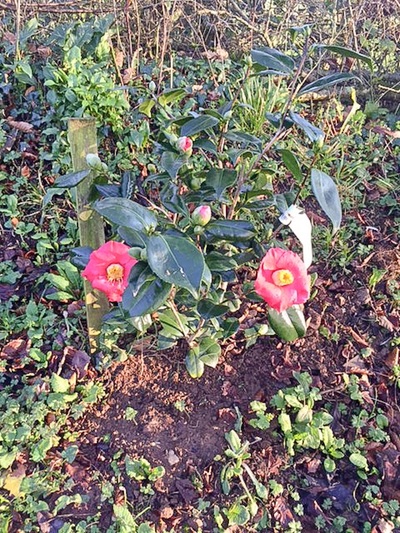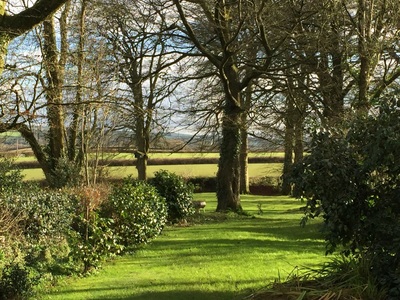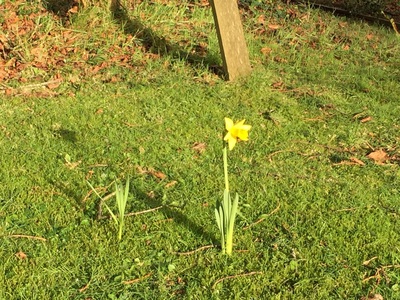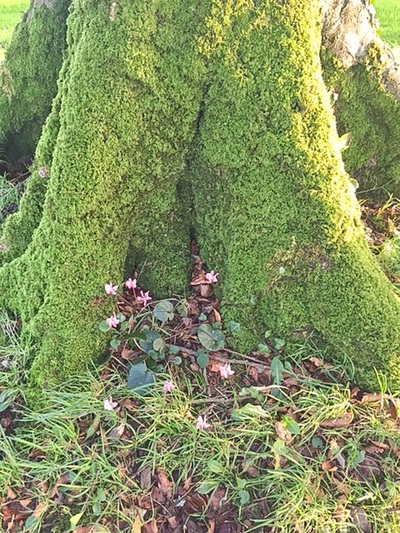After the warmest and wettest December on record, our poor flowers are completely confused! Daffodils before Christmas, snowdrops before New Year, and now our first camellia has flowered!
Have you ever wondered why this happens? I don’t think we are the only ones to have noticed the rather unseasonal weather of late. However, with our extensive grounds and gardens, the early eruption of spring flowers is perhaps more eye-catching that elsewhere. Here, our daffodils think that Easter is on its way; Snowdrops have been pushing up through the grass under the tall beech trees, and our first camellia of the year has opened up into glorious colour.
Why so early? Our spring flowers are able to sense temperature and after a certain period of cooler weather (generally about 2-10C) they are triggered to flower, and they will then flower according to the temperature of the air and soil. Each plant has its own relative sweet spot, often between 12 and 14C, and if this temperature is reached after that preceding period of cooler weather, the plants think spring has sprung! Of course, other factors are involved, relating to humidity and rainfall, but temperature is the largest single factor. In fact, researchers have found that a temperature difference between two years of 1C causes an average difference in flowering time of about five days. We are very lucky here, and despite some pretty heavy rain we’ve escaped any real flooding or waterlogging, so our plants have faired pretty well so far.
Although it’s a little strange to see the flowers out so early (indeed, locally some daffodils had even flowered by Halloween last year!), it’s lovely to get an early taste of spring. Once spring is fully up and running, our gardens are rather spectacular. All we can do now is cross our fingers that the frosts still to come won’t destroy the early buds.




